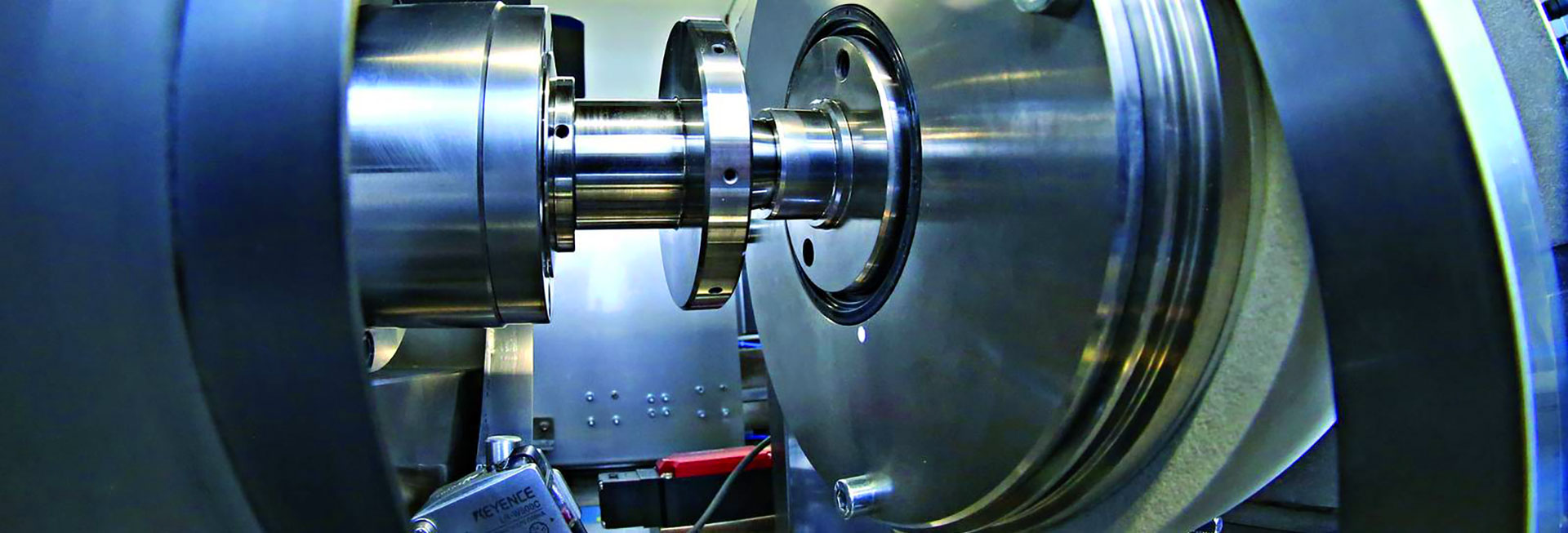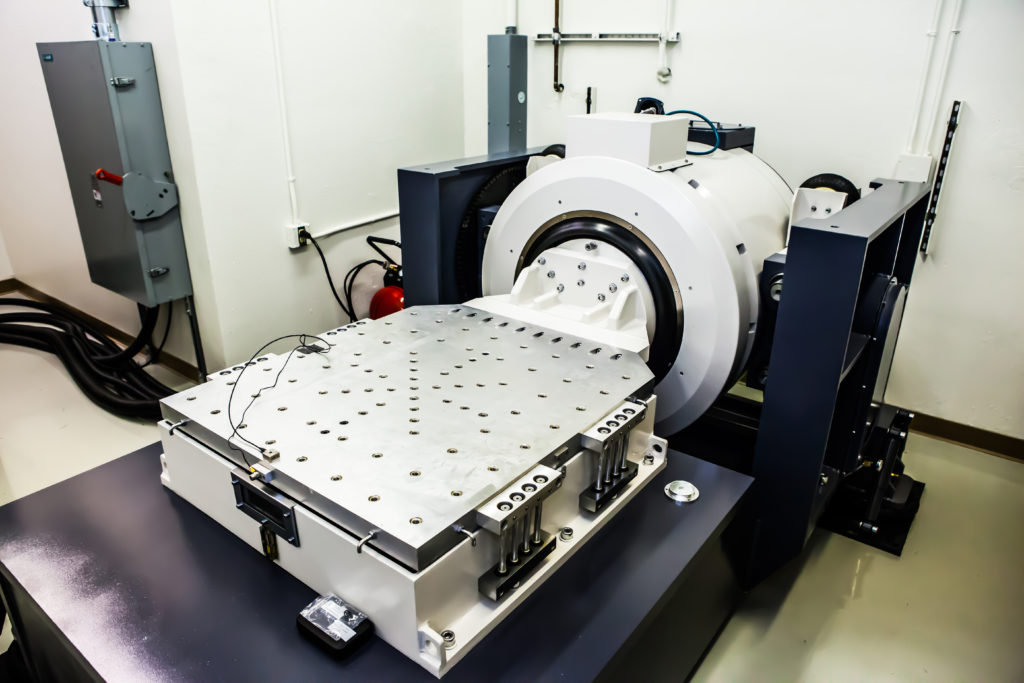

From subatomic particles to skyscrapers, the internal movements and motions resulting from energy absorption vibrate all objects to some extent. This fact means that in a world full of energy and motion, vibrations or oscillating responses of objects when moved from their position are the norm.

Some vibrations are normal and even necessary for the products to function as expected. As a perfect example, consider traditional speakers that turn energy into vibrations and ultimately let music lovers hear their favorite singers and musicians. Another example is the tightly stretched diaphragm, located in the chest part of a stethoscope, allowing a doctor to listen to the patient's heartbeat or breathing when stimulated by sound waves.
Of course, not all objects vibrate as auxiliary or even intended. For example, there is probably no civil engineer who does not know the story of the Tacoma Narrows Bridge and how 40 miles of wind per hour triggered its collapse due to structural vibration. As for the rest of us, we know the last, moments of destiny of the bridge on November 7, 1940, thanks to the frequently viewed images taken by camera shop owner Barney Elliott. The film shows that the bridge entered the violent wave motion before it broke and crashed into Washington State's Puget Sound below.
A newer example of unwanted vibration is the famous 10 June 2000 opening day of London's Millennium Pedestrian Bridge. The combined synchronous movements of pedestrians caused what is known as positive feedback; swinging motion caused by natural human instinct while walking. This effect resulted in the Londoners calling the building the "Flickering Bridge".
Fortunately for manufacturers and consumers, materials and products we rely on today, from aircraft wings to suspension bridges, have been made stronger and more reliable, largely thanks to vibration testing.
Vibration test applications form an important part of quality assurance for everything from printed circuit boards to steel beams. With specially designed equipment such as mechanical, electro-hydraulic and electromagnetic shakers, test samples are typically subjected to varying degrees of controlled vibration stresses.
Of course, both precision testing equipment and highly trained laboratory personnel are required to produce vibration test results that industries ranging from consumer electronics manufacturers to military contractors can rely on. Fortunately, with an ISO / IEC 17205 certification from the American Laboratory Accreditation Association, EUROLAB is one of the country's largest commercial testing laboratories, with experienced engineers and technical experts to solve even the most complex vibration testing projects.
To determine the physical limits of a test sample, a controlled laboratory test can expose a material sample to a sinus vibration test, random vibration test, or both. Sinus - or sinusoidal - testing may be sufficient for products whose intended applications are not at high risk. In the sinus test, the sample is exposed to an even vibration velocity during the test period.
In contrast, random vibration testing for more robust vibration testing ensures that samples are exposed to unpredictable and random vibration speeds - just like the body of a car operating on the surface of a dented road or a boat hit by a series of rogue waves.
With its full range of vibration testing services, EUROLAB can perform both random and sinus vibration testing for a wide range of customers, including automotive, aerospace, aerospace, consumer goods, electronics, medical devices, and military equipment manufacturers. Predicting how a product will respond to shocks and vibrations encountered during shipping or daily use is a critical part of testing and quality control. Our vibration testing laboratories are fully equipped to make informed decisions and comply with the legal requirements of your industry, with shaker tables of various sizes, including double shakers that can handle 70.000 pounds of force.
Most vibrations in the real world are random. For example, a vehicle traveling on the roads will experience random vibration from the irregularity of the road. A rocket thrown to the ground experiences an unstable vibration during its flight - the engine fires, the rocket circulates in the atmosphere, engine burnt ends, etc. even a wing is exposed to a random vibration response when exposed to turbulent air flow.
For these reasons, it is important that any vibration test protocol accurately generate the variety of forces an object encounters throughout its working life. Faulty random vibration testing allows you to further refine your product by identifying weaknesses and other design issues. Many items that are typically tested with random vibration include motorcycle components, jet engines, cruise missiles, catalytic converters, and products to see transport.
The key to the vibration test is, first of all, to know the exact stress levels you expect the device under test to withstand or not tolerate. To achieve this, test laboratories should be able to precisely control the frequency and amplitude of vibrations to which they are subject to the device under test.
Simply put, the frequency of vibrations is a measure of how many peaks the device will encounter over a period of time. Similar to other wave-like energies such as light and electricity, the vibration frequency is measured in Hertz - most often in kilohertz, representing 1.000 peaks per second.
In addition to frequency, amplitude is a measure of the maximum vibration force applied to the device from the balance position. Amplitude can be varied considerably to match changes in peaks or energy that manufacturers expect their products to encounter in real-life applications. Like frequency, vibration amplitude is measured according to the peak value using the Hertz scale.
Manufacturers usually perform a vibration test for two different reasons. The first includes the pretesting of a product - before going into production - to assess its design and durability. Manufacturers of everything from aviation parts and military equipment to consumer electronics and medical devices can make changes to a product before it is released for use. In addition, this type of vibration test allows manufacturers to meet the standards of their respective industries.
Of course, companies also perform vibration testing in secondary assessments to better predict malfunctions and maintenance planning and more accurately predict the life cycle of the product currently in use. The benefits of a secondary evaluation vibration test are invaluable, especially when it comes to mechanical devices such as engines and turbines that produce continuous vibration throughout their natural life cycle, when a catastrophic failure can be avoided.
In many examples of vibration testing, the mechanism used by accredited test laboratories such as EUROLAB is commonly called a shaker table or shaker. Although the name may seem simple, the machine is nothing more than simple. Shakers are actually highly sensitive testing equipment parts that can handle samples from incredible vibration forces from a few ounces to thousands of pounds. This functionality, in part, requires operators experienced in generating vibration test results that industry leaders can rely on, as in EUROLAB, for shakers to function properly.
Until now, it should be clear that in order to obtain any value from the vibration test, you should always be aware of and control whether the vibration tester will be exposed to the full frequency and amplitude of the vibrations to which the device under test will be exposed. A sample must first be firmly fixed with a standard spring-activated clamping device or, in many cases, test fixtures specially made on a shaker table with highly complex test pieces. EUROLAB has great experience in creating such luminaires to meet our customer's specific testing needs.
Naturally, not all test samples need to tolerate the same levels of stress and vibration, so not all shakers are the same. In general, the shaker test can be classified by mechanisms that activate vibrations of a particular shaker type.
The three main categories of shaker testing are usually grouped by the type of vibration tester used:
Since all products are exposed to some vibration in their daily use, a large number of associations and agencies produce vibration testing standards that certain industries must comply with. Here is a brief summary of some of the best-known vibration test standards and guidelines:
EUROLAB can produce up to 70.000 force pounds with tandem shakers and up to 45.000 force pounds in a single shaker. EUROLAB has performed more than 200 GRMS vibration tests in a single band and can connect more than 100 data channels. Our engineers understand that the accelerometers are positioned correctly and force-limiting instrumentation. Do you need a large number of data channels? Our systems can accommodate 60 or more data channels and can give you data at the end of the test with an official report in less than two weeks.
The EUROLAB vibration test lab has been carefully calibrated to compensate for the impact of ambient vibrations on test processes. All buildings have some degree of unwanted vibration, often aggravated by nearby equipment. It is important to minimize the transfer of vibrations between the test equipment and the plant floor - this is usually done using airbags, high-mass bases and other system components.
As EUROLAB, our facilities have been established in accordance with the best practices available for reaction mass, insulation mass and inertial mass design. This allows us to produce the most accurate results when performing vibration tests on sensitive components.
To get an appointment, to get more detailed information or to request an evaluation, you can ask us to fill in our form and reach you.